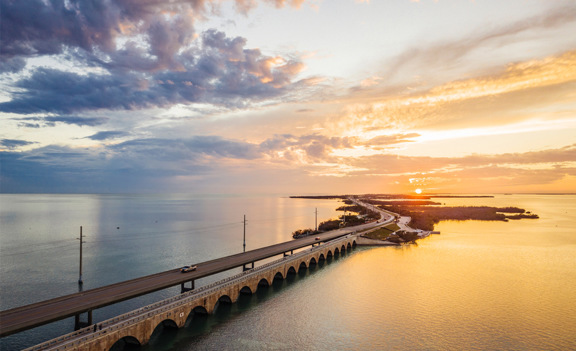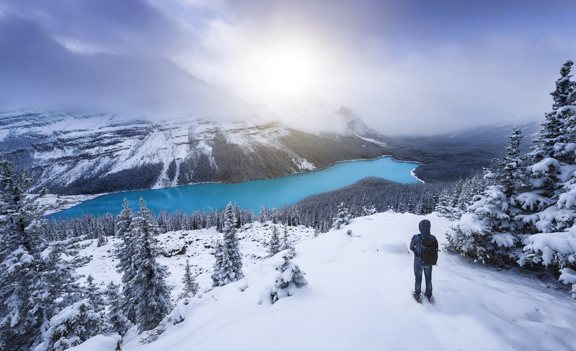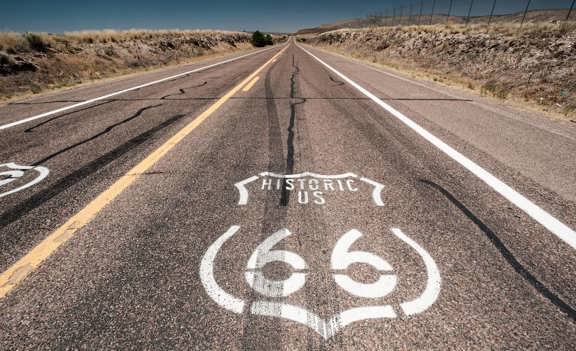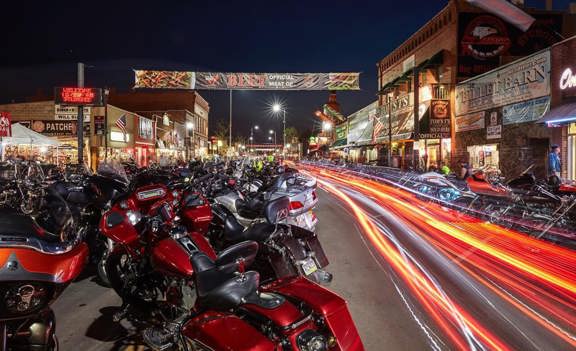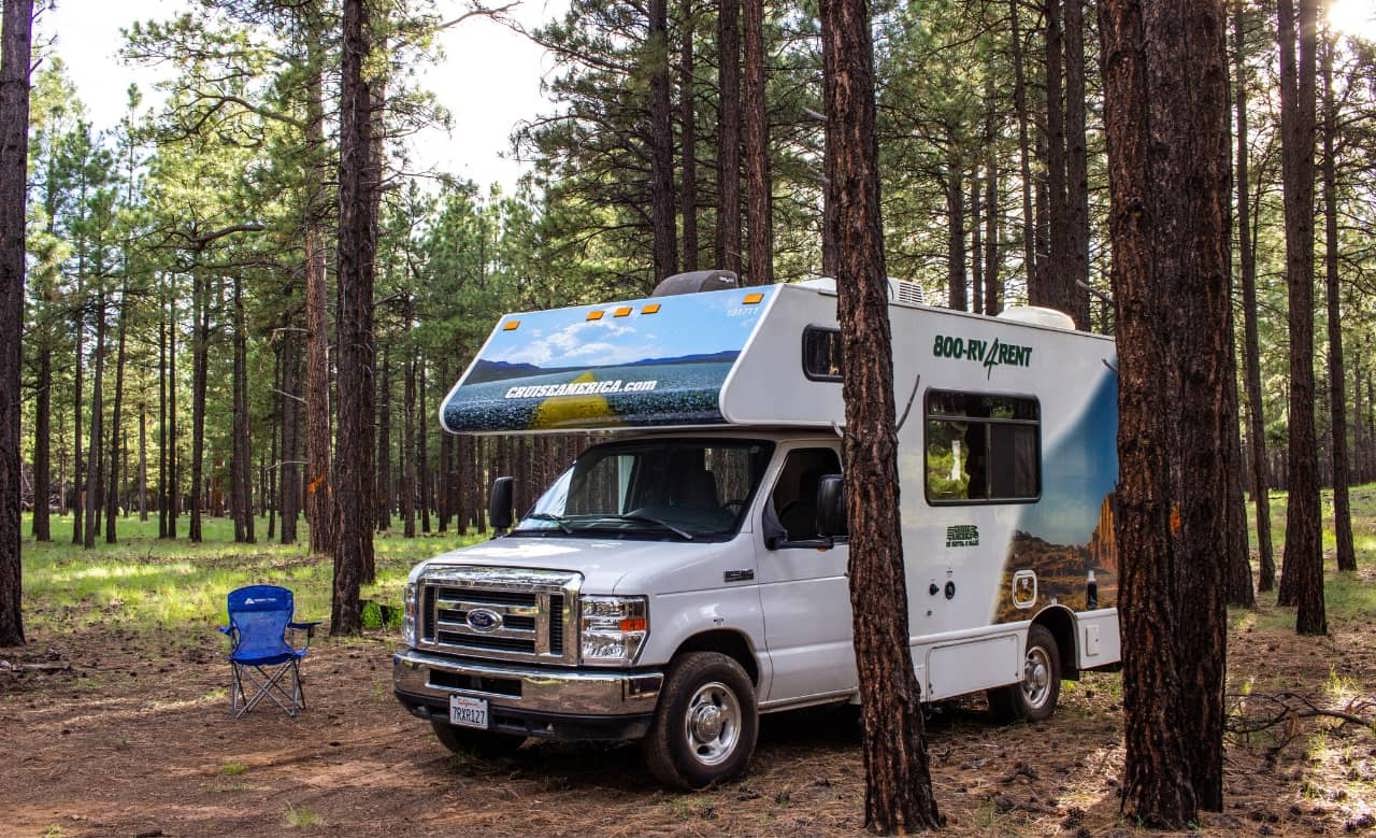
What is Dispersed Camping in an RV?
ShareDispersed camping aligns perfectly with road-tripping in an RV. It gives you the freedom of the open road, allows you to head out last-minute or change plans on a whim, and provides a unique opportunity to connect with nature on a deeper level. For all its benefits, though, there are some important things to know about dispersed camping. Having this knowledge ahead of time will ensure you have a fun and safe dispersed camping trip. Plus, you’ll see that it’s not nearly as intimidating as it may initially seem!
What is Dispersed Camping?
The US Forest Service defines dispersed camping as “camping anywhere in the National Forest outside of a designated campground.” In other words, it’s camping in primitive, first-come, first-served campsites. Dispersed camping also means there are no camp hosts or services and very limited — if any — facilities, such as toilets, fire rings, or picnic tables. This is exactly why RVs are perfect for dispersed camping. Although the campsites themselves are primitive, RVs are self-contained! With modern comforts, including bathrooms and kitchens, RVs make it so that you don’t need to rely on amenities typically associated with developed campgrounds.
While dispersed camping requires you to be more adept, the tradeoff comes with several benefits: there’s no stress of reserving a campsite, pressure to check-in or out at certain times, and best of all, it’s totally free!
Where Can You Go Dispersed Camping?
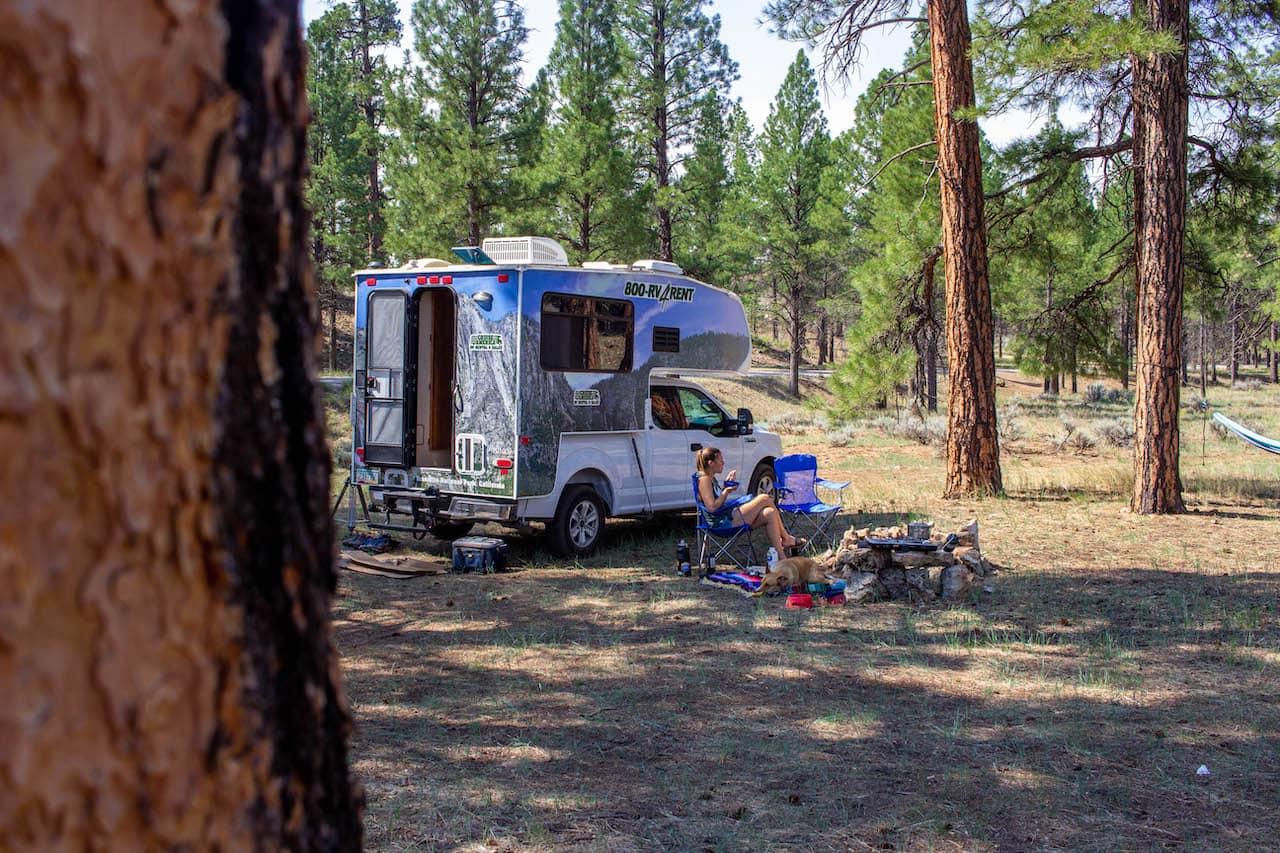 Although dispersed camping comes with a great deal of flexibility, you can’t simply park your RV anywhere. Generally speaking, dispersed camping is not allowed near developed recreation sites, including day-use picnic areas, trailheads, or campgrounds.
Although dispersed camping comes with a great deal of flexibility, you can’t simply park your RV anywhere. Generally speaking, dispersed camping is not allowed near developed recreation sites, including day-use picnic areas, trailheads, or campgrounds. The Forest Service states that dispersed camping is allowed in a one-mile perimeter of developed campsites but asks that people remain at least 100 feet away from any water source. It is also suggested that campers set up within 150 feet of roads to protect fragile forest environments.
While national forests are home to many of the country’s dispersed campsites, they’re not the only source. You can also often camp for free on land protected by the Bureau of Land Management (BLM) or Wildlife Management Areas (WMAs), plus some city, county, and state parks. Your best bet is always to call a ranger and ask about where dispersed camping is allowed, as well as local dispersed camping rules.
Interestingly, there are substantially more dispersed campsites in the west than the entire rest of the country. This is because federally-owned (i.e., public) lands are largely concentrated in Alaska and western states. For example, over 60% of Alaska and a whopping 81% of Nevada are public lands, but just 1.5% of Maine is. With a bit of effort, though, you can find free dispersed campsites just about anywhere.
Dispersed Camping Rules in an RV
Just because there are no fees or permits required for dispersed camping in an RV (how cool is that, by the way?), that doesn’t mean there are no rules. It’s important to know and follow dispersed camping rules not only to be a good steward but to keep the area well-preserved for others to enjoy.
- Look for any posted signs prohibiting overnight parking or indicating an area is for day-use only.
- “Pack it in, pack it out” when dispersed camping. Because there are no facilities or services, it’s important that you “pack out” (i.e., bring home) everything you bring to camp with you.
- Along those same lines, follow Leave No Trace principles and leave your campsite better than you found it.
- Always check with a ranger ahead of time to confirm where dispersed camping is allowed and any specific regulations that may be in place. For example, local fire restrictions often go into effect in dry areas during the summer months.
Experience Dispersed Camping in a Cruise America RV
Understanding what dispersed camping is and following these tips, you’ll have a safe and enjoyable (and free!) experience. Trying dispersed camping from the safety and comfort of a Cruise America RV rental can make it even better!Contact us today to learn more about our RV rental options. With over 130 North American pickup locations, it’s easy and convenient to hit the road and start making unforgettable memories.
